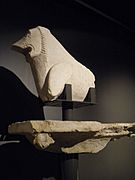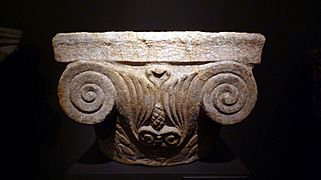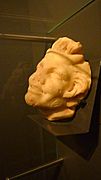Archaeological Museum of Murcia facts for kids
| Museo Arqueológico de Murcia | |
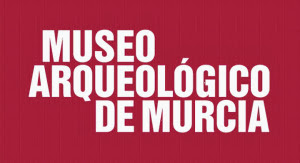 |
|
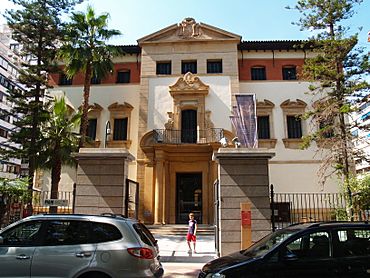
Museum's facade
|
|
| Established | 1864 |
|---|---|
| Location | Murcia, Spain |
| Type | Archaeological museum |
| Owner | General State Administration |
The Archaeological Museum of Murcia (also known as MAM) is a special place in Murcia, Spain. It is an Archaeological museum, which means it collects and shows very old objects. These objects help us learn about people who lived long, long ago. The museum is owned by the Spanish government.
History of the Museum
The idea for this museum started a long time ago. On July 6, 1864, a special rule from the king or queen created the Museum of Antiquities of Murcia. It began as a part of another museum that showed paintings and sculptures.
In 1910, the museum moved to a different building called the Cerdán building. Then, in the 1950s, it moved again to where it is today. This building is also known as the Casa de la Cultura, which means "House of Culture."
In 1984, the Spanish government decided to let the local government of Murcia manage the museum. However, the national government still owns all the amazing objects inside.
-
Lion of Coy (from the second half of the 1st millennium BC)
-
An Ionic capital found in the Roman villa of Huerta del Paturro (Portmán, La Unión)
-
A Satyr's head from Huerta del Paturro, Portmán.
See also
 In Spanish: Museo Arqueológico de Murcia para niños
In Spanish: Museo Arqueológico de Murcia para niños


